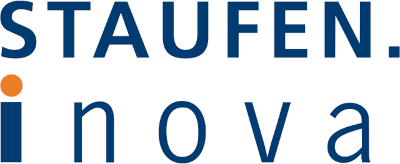
HOLISTIC TRANSFORMATION IN MEDIUM-SIZED BUSINESSES
WITH AN INTEGRATED PROJECT APPROACH TO MEASURABLE RESULT IMPROVEMENT
IDEAL Fensterbau Weinstock GmbH is a medium-sized, owner-managed company in the process industry. It is supported by Staufen in terms of strategy, processes and day-to-day management. An interdisciplinary or multifunctional project approach forms the basis for generating a comprehensive understanding of the company. In this way, the right levers with the greatest potential for improvement can be identified. This success story describes how excellent results can be achieved by establishing excellent processes and excellent leadership.
The integrative project approach described in this success story can be applied in any medium-sized company, including those from other industries. It leads to sustainable project success in the company.
COMPANY PORTRAIT
MEDIUM-SIZED FULL-RANGE SUPPLIER

IDEAL Fensterbau Weinstock GmbH is a medium-sized, owner-managed full-range supplier. Customers can acquire plastic and plastic-aluminum windows as well as wood-aluminum windows and wood windows from a single source.
The head office of IDEAL Fensterbau Weinstock GmbH is located in Wittlich-Wengerohr, where 3 of the 4 plants are also located, focusing on plastic and plastic-aluminum windows. Another location is the nearby Traben-Trarbach with 2 plants (1 plant for plastic windows and 1 plant for wood windows).
1990
founded by Ludwig Weinstock
300
Employees
45
million € sales,
approx. 7 million € is attributable to the production of wood windows
INITIAL SITUATION
The initial situation was characterized by a lack of profits, long delivery times, and employee dissatisfaction. Production output could not meet the high demand, primarily due to a lack of process efficiency and unclear communication structures. In addition, the product portfolio was marked by a number of loss-makers, which the company was not aware of in detail prior to the project due to a lack of controlling instruments and a corresponding lack of transparency.
The window production market is marked by high competitive pressure from Eastern Europe with prices up to 20% lower. Therefore, it is necessary to stand out from the competition in terms of performance. However, it was difficult to meet the high customer demand in the wood window business.
A project was launched to optimize the production of wood windows, which served as a so-called lighthouse project, a prime example of transformation at IDEAL Fensterbau, and was intended to serve as a model for other areas of purchasing and sales. Together with Staufen AG, the goal was to break up old structures in the wood business and improve processes:
In the wood window product area, there was a lack of transparency regarding the profitability of the product portfolio at the start of the project. There was no product costing or contribution margin accounting based on cost causation – so there was no transparency in the profit and loss drivers of the extensive product portfolio with many different product variants. Although sales of wood windows remained stable, it was difficult to meet the high market demand as production was limited to an output volume of approximately €7.0 million per year. Overall, no profits were realized. The situation was perceived as unsustainable by management, executives and employees alike, and there was a high level of dissatisfaction at all levels of the organization.
Compared to plastic window production, wood window production is characterized by a higher vertical range of manufacture and a higher proportion of manual activities. There was clear room for improvement in both lead time and on-time delivery.
Production was not lean, so overall process efficiency needed to be optimized.
Planning and control within the wood business was very complex. Buffer stocks were maintained to accommodate the varying needs of the processes. This, in turn, increased the amount of planning and control required. In addition, information from pre-production areas was sometimes incomplete, resulting in delays and troubleshooting. Damage to wood elements reinforced this troubleshooting. In general, transparency and communication, both internally and with customers, were greatly in need of improvement. Individual tasks, competencies, and responsibilities were not clearly identified and communicated. In addition, leadership roles were not consistently demonstrated and perceived.
Three overarching areas of action or project modules with the greatest leverage for improving results were derived from these previous statements:
- Optimization of finance and controlling with focus on product portfolio & costing,
- Optimization of production
- Improvement of leadership & culture
PROJECT APPROACH
THE CRITICAL TRIAD OF STRUCTURES, PROCESSES, AND PEOPLE
A combined top-down/bottom-up analysis was used to identify areas for action in the core operational processes. An implementation concept was derived with three primary action areas: 1. product portfolio & costing, 2. production, 3. leadership & culture.
The Staufen consulting project focused on the examination of the strategic orientation with regard to the product portfolio and capacities of the wood window production at the Traben-Trarbach site. The scope of the project included order processing through to delivery of the windows, as well as production and logistics, including planning and control. In addition, a review of current optimization and change activities and existing planning calculations needed to take place.
Each of our windows is individually made as a unique piece for the customer. This places special demands on the consulting management. The Staufen consultants brought this understanding to the table.
Achim Mohr
Head of Wood Production

In the short term, an analysis was conducted to analyze and quantify the potential for improvement at the wood window plant in Traben-Trarbach. This included productivity, cycle time, and management processes. Based on the identification and evaluation of the potential for improvement in operational metrics, an EBIT improvement potential was derived and used as the target for the project.
Productivity in the wood window factory was to be improved by 20%. Improvement levers were identified and their effectiveness evaluated. A roadmap for implementation was developed together with the executives. In the long term, the professionalization of processes was necessary in order to achieve the medium-term sales growth of the entire company to €50 million.
ANALYSIS PHASE:
The project began with a combined top-down/bottom-up analysis to identify areas for action and improvement in core operational processes. On this basis, it was possible to design action value streams in line with a future economic product portfolio and to create an implementation concept.
What made it special was that the employees themselves were part of the solution and got involved and excited about solving problems.
Achim Mohr, Head of Wood Production
IMPLEMENTATION PHASE:
As part of the implementation phase, an overarching project management system was first introduced for professional project management, including potential tracking according to the logic of hardness levels. In addition, a cross-functional management and steering committee was established within the company as a permanent project body. Senior management, human resources, production management, sales management, purchasing management, and the head of product management were regularly involved in this process. High project transparency through strict project management coupled with regular steering groups created the necessary acceptance at the business performance level and ensured that the project stayed on track. This indirectly contributed to the success of the project.
The goal of the finance and controlling optimization was to increase margins by optimizing the product portfolio and redesigning prices. The use of various controlling tools was established, including the introduction of a calculation to determine the profitability of the product portfolio. The result was a new price list based on cause-related cost allocation. In addition, the product range was streamlined to eliminate certain loss-makers.
The focus was on a comprehensive Lean Transformation of the wood window production to increase productivity and thus increase total output. This included the introduction of a new value stream analysis based on lean principles and process standards. Among other things, the layout was changed, value creation and logistics were separated, and workstations were redesigned.
In addition to operational project content, leadership and culture are critical to the success of the project. Cascaded Shop Floor Management was introduced as a central management and control tool. The rollout also included management training and individual coaching sessions.
We received leadership training that helped us improve internal communication and align around common goals. An effective concept for this is the standing meetings that Staufen has established together with IDEAL Fensterbau.
Stefan Kölzer, Head of Product Management
In addition, a new performance and team-based compensation system was introduced for production employees. During the BestPractice visits, the employees of IDEAL Fensterbau were able to benefit in person from the experiences of successful industrial companies. These range from initial implementation projects to the development of end-to-end value creation and management systems. In general, the internal and customer communication structures were also reviewed and adjusted accordingly. The tasks, competencies, and responsibilities of each employee were clearly defined.
Employees have learned a new language – communication is different than before: Employees are now more involved and knowledgeable.
Stefan Kölzer, Head of Product Management
STRUCTURES, PROCESSES, AND PEOPLE MUST BE PERFECTLY ALIGNED FOR CHANGE TO BE SUSTAINABLE AND EMBEDDED.
PROJECT RESULTS
GOOD RESULTS THAT CAN BE MEASURED IN MONETARY TERMS
In line with the project objectives, a good “return on consulting” was achieved. The introduction of a product portfolio costing system enabled the company to optimize its material cost ratio. Productivity in manufacturing was significantly increased, including through the introduction of a new value stream analysis, which also improved the personnel expense ratio. Finally, changes in leadership and culture, such as training and a new compensation model, led to increased employee satisfaction.
Optimizations in production have significantly increased productivity – financially, this has resulted in a much improved personnel expense ratio. A newly implemented product costing system with a new pricing logic has contributed to improved margins and significantly improved the material cost ratio. Overall, there was a measurable improvement in earnings in the wood windows business, with EBIT up more than 5 percentage points.
In addition to the financial improvements, employee satisfaction also increased. According to a survey, employee satisfaction with workplace design in particular has improved significantly. The communication culture has also developed positively.
Through the projects with Staufen, we have developed significantly as an organization. In the past, we did not discuss many topics in meetings, but now we have a very open culture of communication across the company.
Stefan Kölzer, Head of Product Management
Staufen has now firmly established itself as a permanent management consultant for IDEAL Fensterbau thanks to its eye-to-eye approach, comprehensive understanding of the company, and significant project successes. In the course of the cooperation, a strong trust in the consultants and their skills has developed, so that they are regularly consulted for further operational decisions.
For the planned transformation of the other plants with plastic window production, the expertise of the Staufen consultants will be further called upon in the coming years. The transformation project is currently being extended to other parts of the company to continue the success story that began in 2020.
We are proud to be the first address for holistic transformation projects.
Our success lies in our integrative project approach, which can be seamlessly transferred to various industries and ensures a significant “return on consulting” for our customers.
YOU MIGHT ALSO BE INTERESTED IN

Strategy Excellence
The question that currently needs to be asked is why strategy is now gaining renewed attention among many companies. In our opinion, this can be attributed to two developments: First, over the past few years, external influences such as political decisions or shorter technology cycles on companies and their market environment have increased significantly in strength and speed. This puts the added value that companies generate for their customers under much more rapid and sustained pressure than was the case a few years ago. Another is that many companies are experiencing more and more problems with implementing their strategic initiatives. Recent studies have shown that the rate of ineffective strategic initiatives is around 50%. This translates to a waste of resources that companies can no longer afford.
Read more












